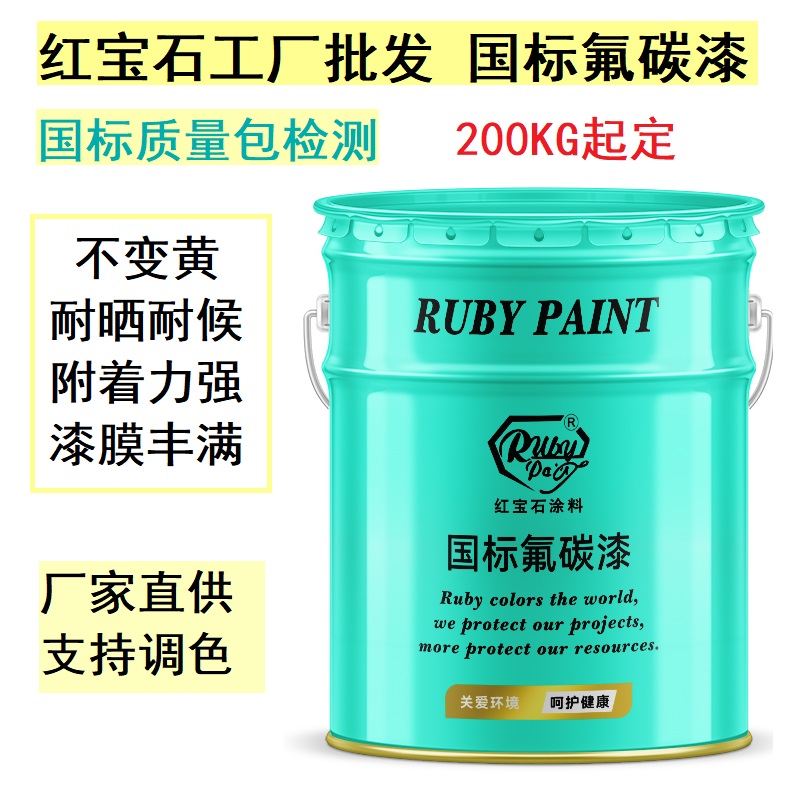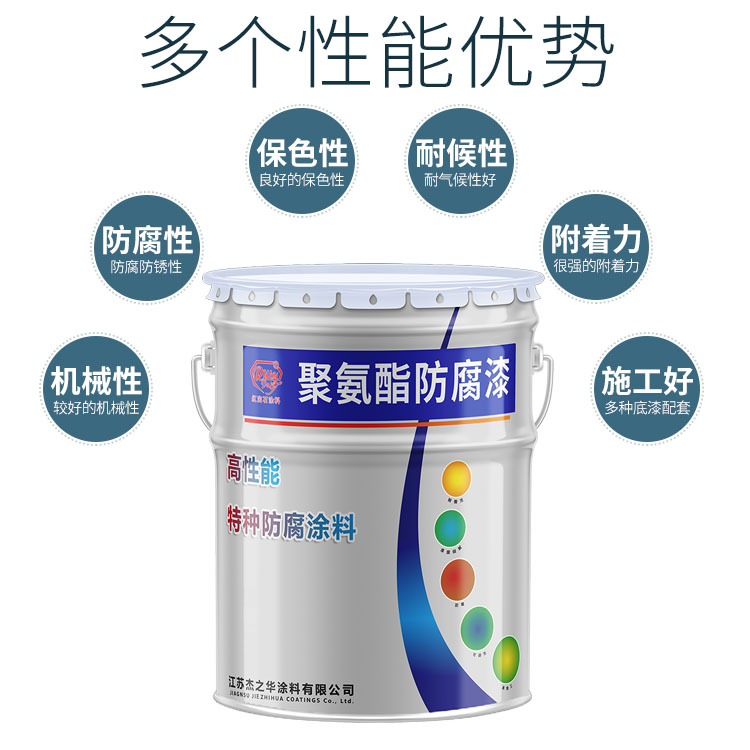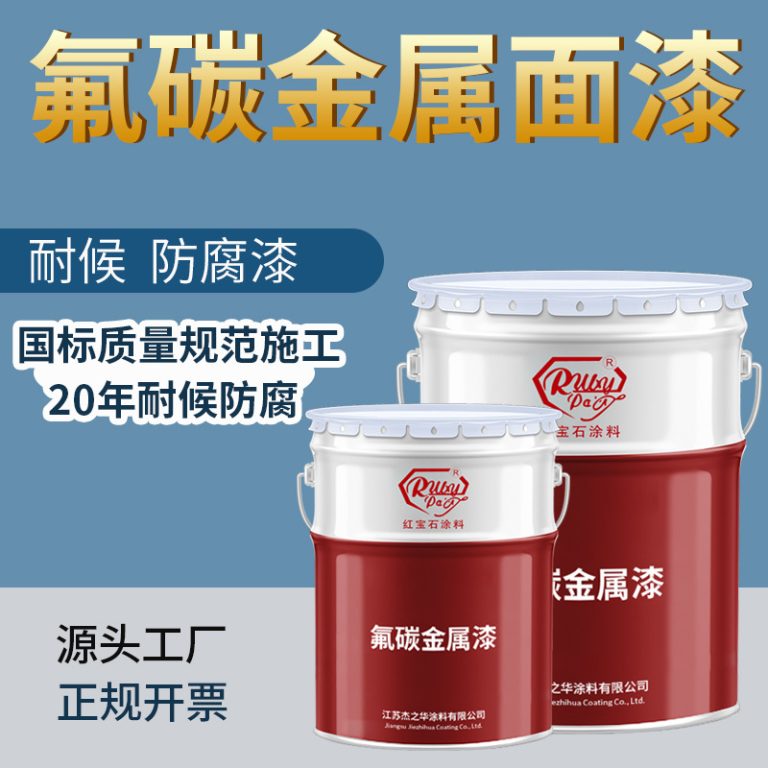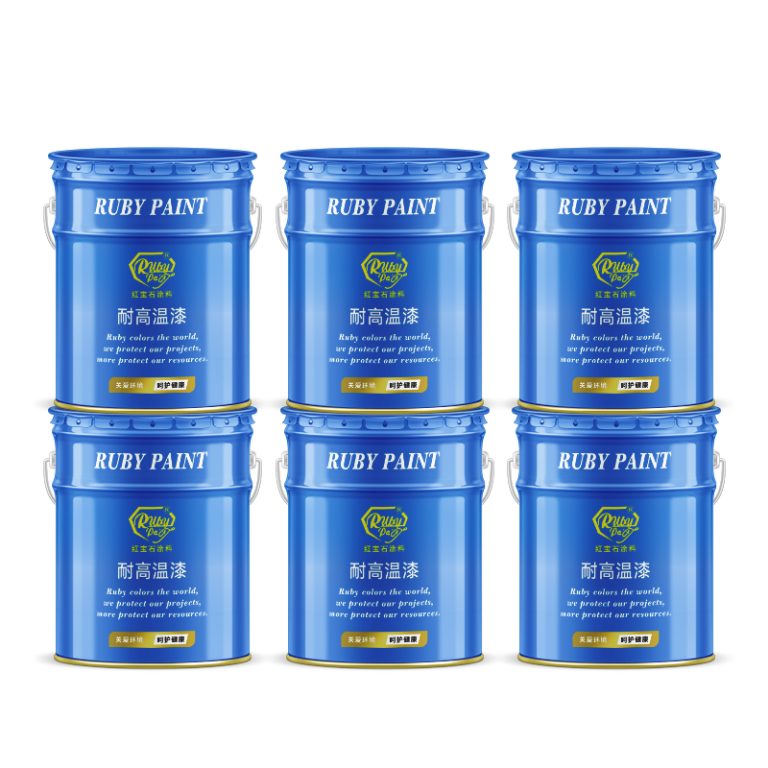Table of Contents
Benefits And Drawbacks Of Zinc Rich Paint Vs. Galvanizing For Corrosion Protection
Zinc-rich paint and galvanizing are two popular methods used to protect steel and other metals from corrosion. Both techniques involve the application of zinc, which acts as a sacrificial anode to protect the underlying metal. However, there are distinct differences between the two methods, each with its own set of benefits and drawbacks.
Zinc-rich paint, also known as zinc-rich primer, is a coating that contains a high percentage of zinc dust mixed with a binder. This type of paint is typically applied to the surface of the metal, providing a protective barrier against corrosion. One of the primary advantages of zinc-rich paint is its versatility. It can be applied to complex shapes and structures where galvanizing may be impractical. Additionally, zinc-rich paint can be used for touch-ups and repairs on galvanized surfaces, making it a convenient option for maintenance.
Another benefit of zinc-rich paint is its relatively quick application process. Unlike galvanizing, which requires dipping the metal into a molten zinc bath, zinc-rich paint can be applied using conventional painting techniques, such as spraying or brushing. This makes it a time-efficient solution for projects with tight deadlines. Furthermore, zinc-rich paint allows for greater control over the thickness of the coating, which can be adjusted according to the specific corrosion protection needs of the project.
However, zinc-rich paint also has its drawbacks. The level of protection it offers is generally considered to be less durable than that provided by galvanizing. The longevity of the coating depends on the thickness and quality of the application, and it may require more frequent maintenance and reapplication over time. Additionally, the performance of zinc-rich paint can be influenced by environmental factors, such as humidity and temperature, which can affect the curing process and the overall effectiveness of the coating.
On the other hand, galvanizing involves immersing the metal in a bath of molten zinc, creating a metallurgical bond between the zinc and the base metal. This process results in a robust and uniform coating that provides excellent long-term protection against corrosion. Galvanized coatings are known for their durability and resistance to abrasion, making them ideal for use in harsh environments.
| No. | Product Name |
| 1 | Industrial paint |
One of the key advantages of galvanizing is its low maintenance requirements. Once the metal is galvanized, it can provide protection for several decades without the need for significant upkeep. This makes it a cost-effective solution for large-scale projects and structures that are exposed to the elements.
However, galvanizing also has its limitations. The process requires specialized equipment and facilities, which can make it less accessible for smaller projects or those located in remote areas. Additionally, galvanizing is not suitable for all types of metals, as some may be damaged by the high temperatures involved in the process. The size and shape of the metal pieces can also pose challenges, as they must fit within the dimensions of the galvanizing bath.
In conclusion, both zinc-rich paint and galvanizing offer effective corrosion protection for metals, each with its own set of benefits and drawbacks. The choice between the two methods depends on various factors, including the specific requirements of the project, the environmental conditions, and the long-term maintenance considerations. By carefully evaluating these factors, one can determine the most appropriate corrosion protection method to ensure the longevity and integrity of the metal structures.
Cost Comparison And Longevity Of Zinc Rich Paint Vs. Galvanizing In Industrial Applications
Zinc rich paint and galvanizing are two popular methods used to protect steel and other metals from corrosion in industrial applications. Both techniques involve the application of zinc, which acts as a sacrificial anode to protect the underlying metal from rust and degradation. However, there are significant differences in the cost and longevity of these two methods, which can impact their suitability for various industrial projects.
Zinc rich paint, also known as zinc-rich primer, is a coating that contains a high percentage of zinc dust mixed with a binder. This paint is applied directly to the metal surface, providing a protective barrier that prevents moisture and oxygen from reaching the steel. The application process for zinc rich paint is relatively simple and can be done on-site, which makes it a cost-effective option for many projects. The paint can be applied using brushes, rollers, or spray equipment, and it dries quickly, allowing for a faster project turnaround.
On the other hand, galvanizing involves submerging the metal in a bath of molten zinc, which creates a metallurgical bond between the zinc and the steel. This process, known as hot-dip galvanizing, provides a thick, uniform coating that is highly resistant to corrosion. Galvanizing is typically done in a specialized facility, which means that the metal components must be transported to and from the galvanizing plant. This can add to the overall cost of the project, especially for large or heavy items that require specialized handling and transportation.
| No. | Article Name |
| 1 | Industrial paint |
In terms of longevity, galvanized coatings generally offer superior corrosion protection compared to zinc rich paint. The zinc coating in a galvanized product can last for several decades, depending on the environment and the thickness of the coating. This makes galvanizing an attractive option for projects where long-term durability is a priority, such as in infrastructure or marine applications. Additionally, galvanized coatings require minimal maintenance, which can further reduce the lifetime cost of the project.

However, zinc rich paint also has its advantages in terms of longevity. While the lifespan of a zinc rich coating may not be as long as that of a galvanized coating, it can still provide effective corrosion protection for many years. Zinc rich paint is also more flexible in terms of application, as it can be touched up or recoated on-site if the coating is damaged or wears thin. This can be particularly useful in situations where the metal is exposed to harsh conditions or frequent wear and tear.
Ultimately, the choice between zinc rich paint and galvanizing depends on a variety of factors, including the specific requirements of the project, the expected lifespan of the metal components, and the available budget. For projects where initial cost is a major concern, zinc rich paint may be the more economical choice. However, for projects where long-term durability and minimal maintenance are critical, galvanizing may be the better investment.
In conclusion, both zinc rich paint and galvanizing offer effective corrosion protection for industrial applications, but they differ in terms of cost, application process, and longevity. By carefully considering these factors, project managers and engineers can make an informed decision that best meets the needs of their specific project.




